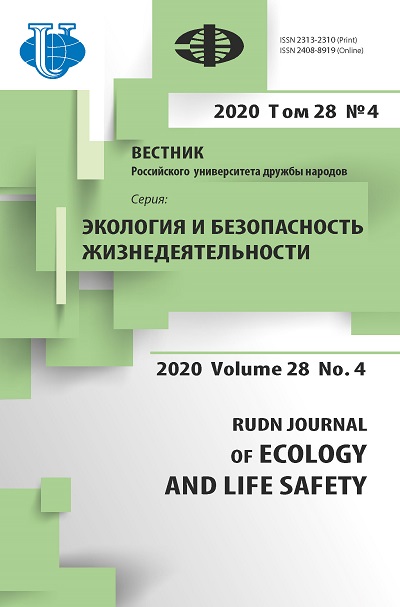Artemisia gmelinii Web. ex Stechm. within the Buryatian flora: phytocenotic confinedness, composition of essential oil
- Authors: Zhigzhitzhapova S.V.1, Kholboeva S.A.2, Dylenova E.P.1
-
Affiliations:
- Baikal Institute of Nature Management of the Sibirian Branch of the Russian Academy of Sciences
- Banzarov Buryat State University
- Issue: Vol 28, No 4 (2020)
- Pages: 313-323
- Section: Ecology
- URL: https://journals.rudn.ru/ecology/article/view/27346
- DOI: https://doi.org/10.22363/2313-2310-2020-28-4-313-323
Cite item
















